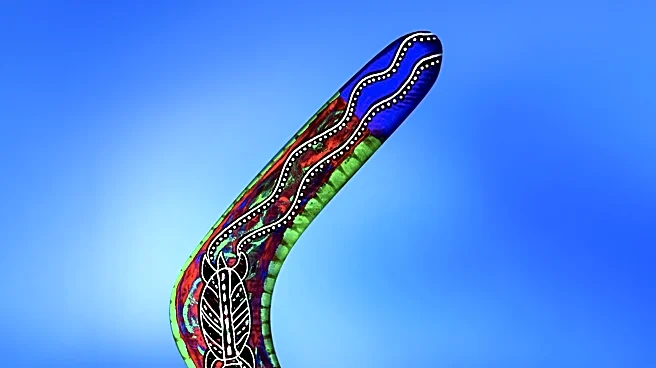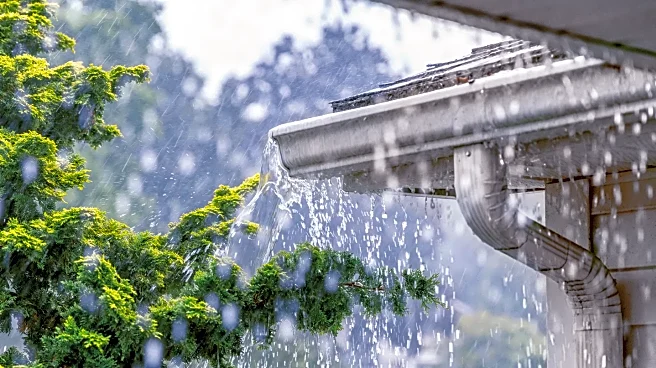What's Happening?
ABC News' Danny New investigates the folklore surrounding woolly worm caterpillars and their ability to predict winter weather conditions. According to the segment, these caterpillars, known for their distinctive
black and brown bands, are believed by some to forecast the severity of the upcoming winter. The folklore suggests that the width of the bands can indicate how harsh the winter will be, with wider brown bands predicting milder conditions and wider black bands indicating a colder, snowier season. This tradition has been a part of local culture in various regions, where woolly worm festivals are held to celebrate and predict the winter weather.
Why It's Important?
The woolly worm prediction method, while not scientifically proven, reflects a cultural tradition that engages communities in seasonal forecasting. This practice highlights the intersection of folklore and meteorology, offering a unique perspective on how people interpret natural signs to prepare for weather changes. For regions that experience harsh winters, such predictions can influence local activities, agricultural planning, and community events. The woolly worm tradition also fosters community spirit and cultural heritage, providing a platform for local engagement and tourism through festivals and gatherings.
What's Next?
As winter approaches, communities that participate in woolly worm festivals will continue to observe these caterpillars and make predictions about the upcoming season. Meteorologists may also weigh in, comparing folklore predictions with scientific forecasts to provide a comprehensive outlook. Local businesses and agricultural sectors might adjust their strategies based on these predictions, preparing for potential impacts on operations and supply chains. The ongoing interest in woolly worm predictions underscores the blend of tradition and modern science in understanding weather patterns.
Beyond the Headlines
The woolly worm tradition raises questions about the role of folklore in contemporary society and its influence on local economies. It also prompts discussions on the accuracy of traditional weather prediction methods compared to scientific approaches. This cultural practice exemplifies how communities maintain historical customs while adapting to modern environmental challenges.












